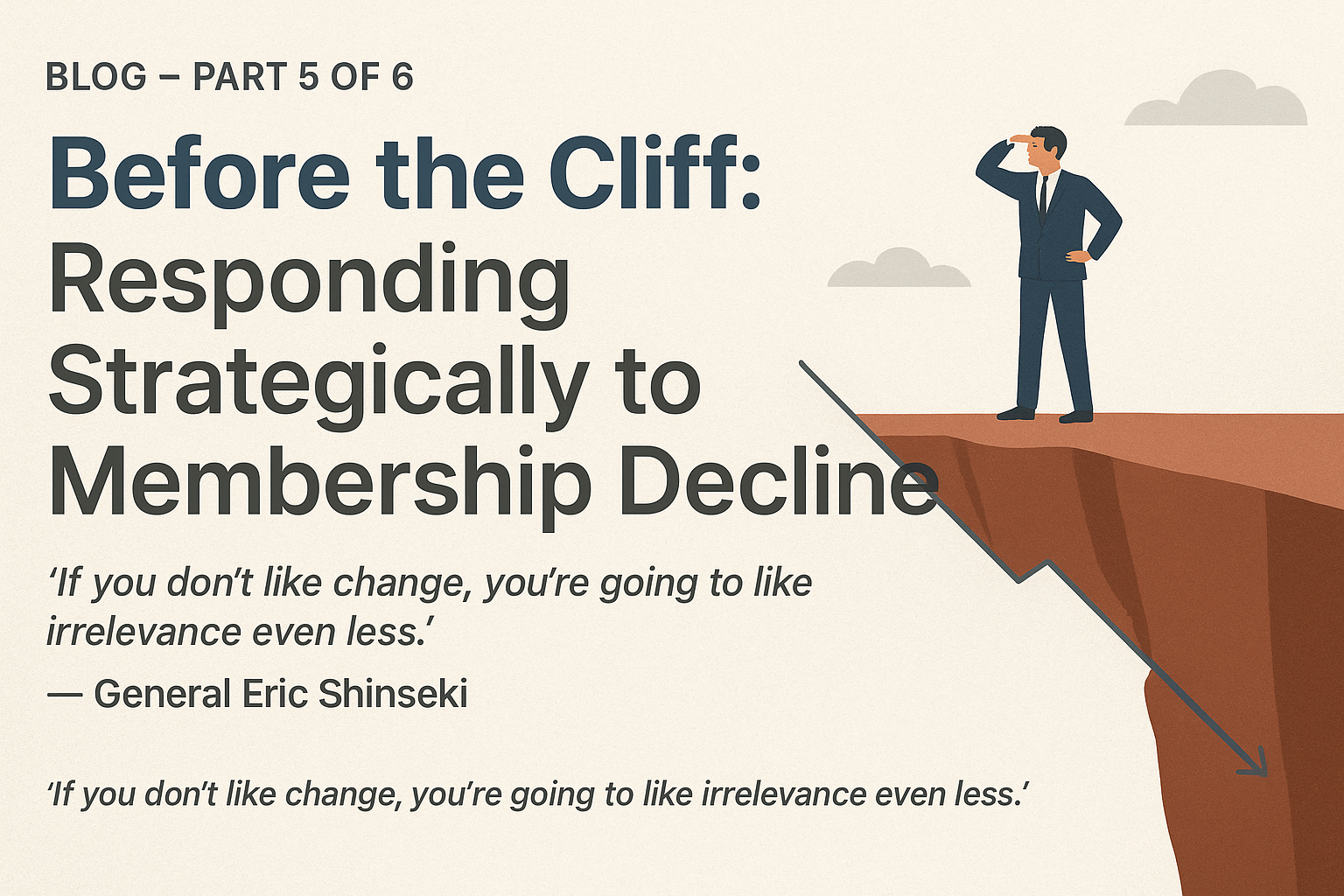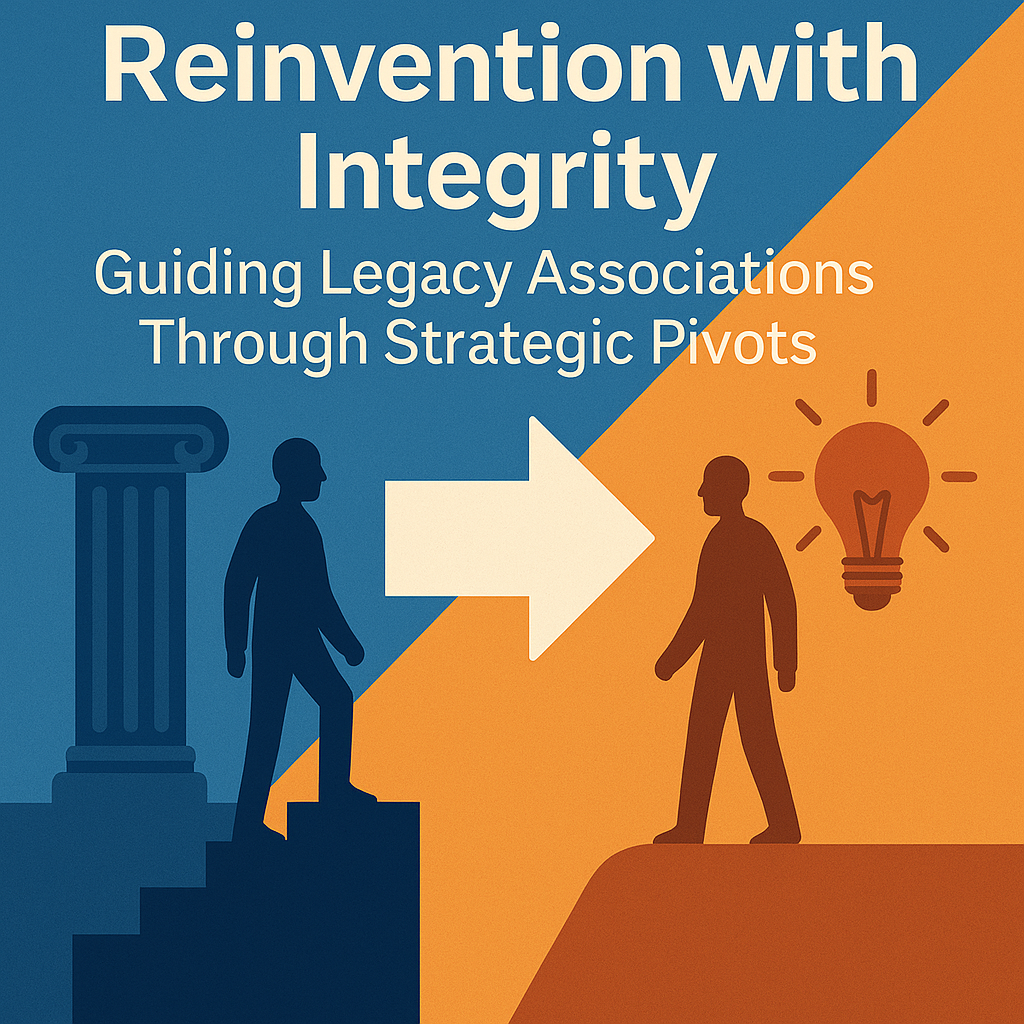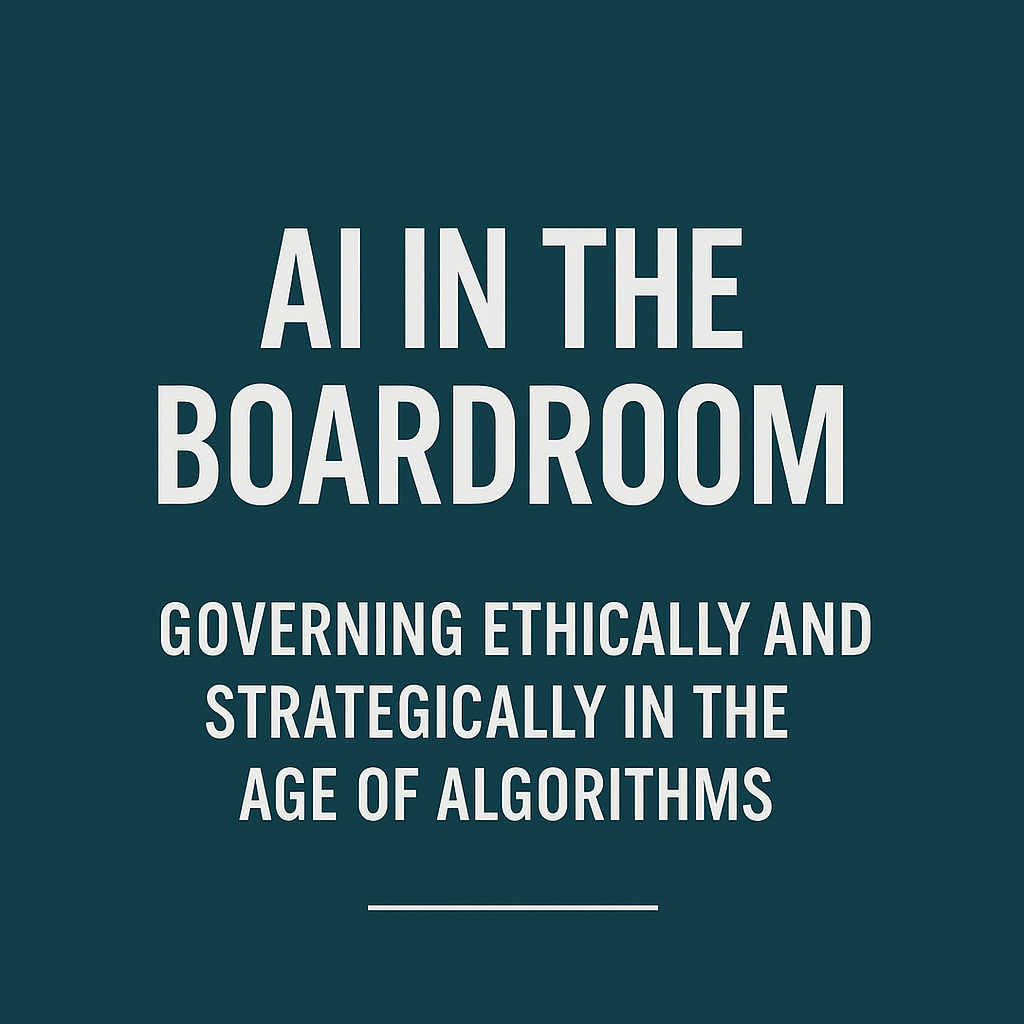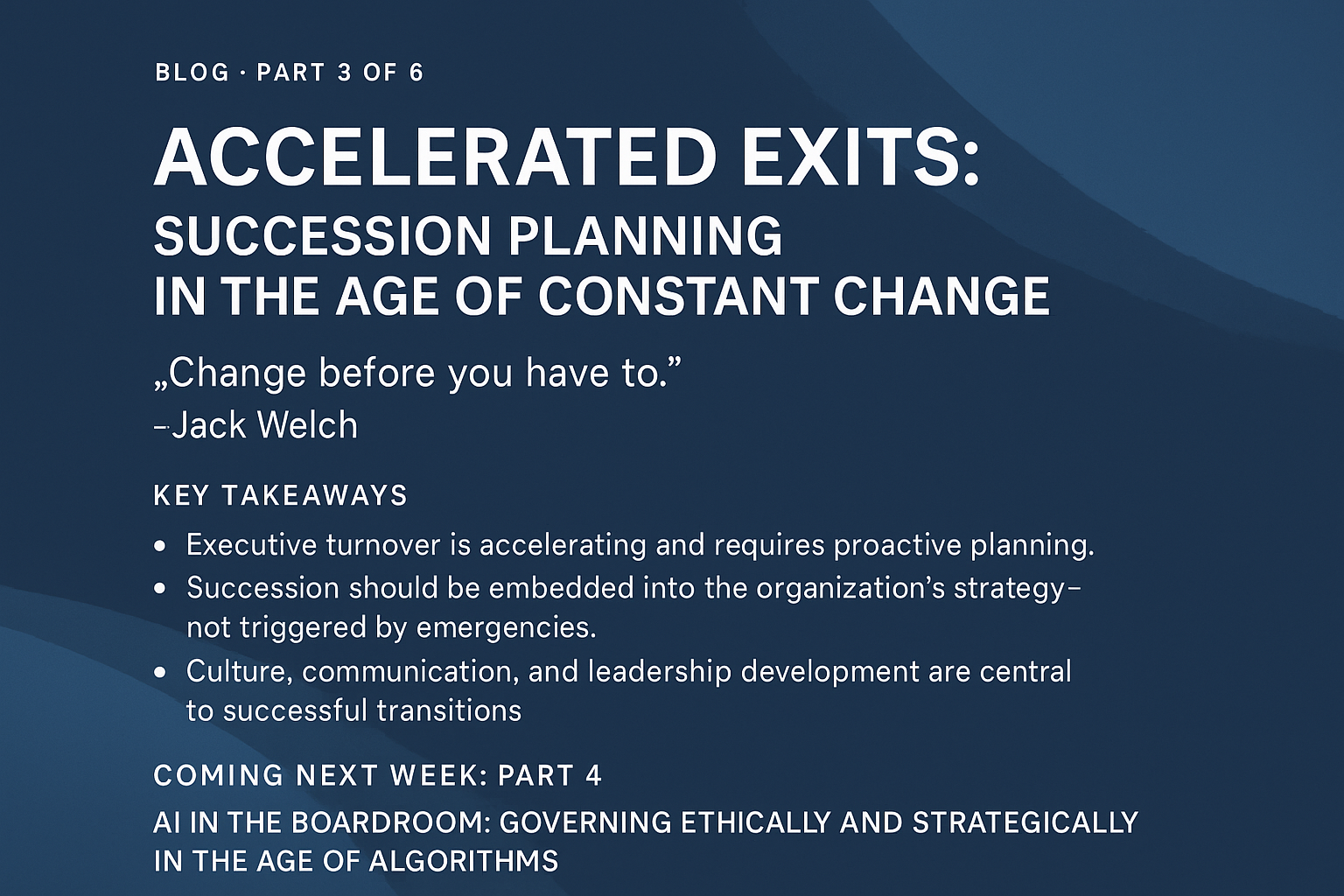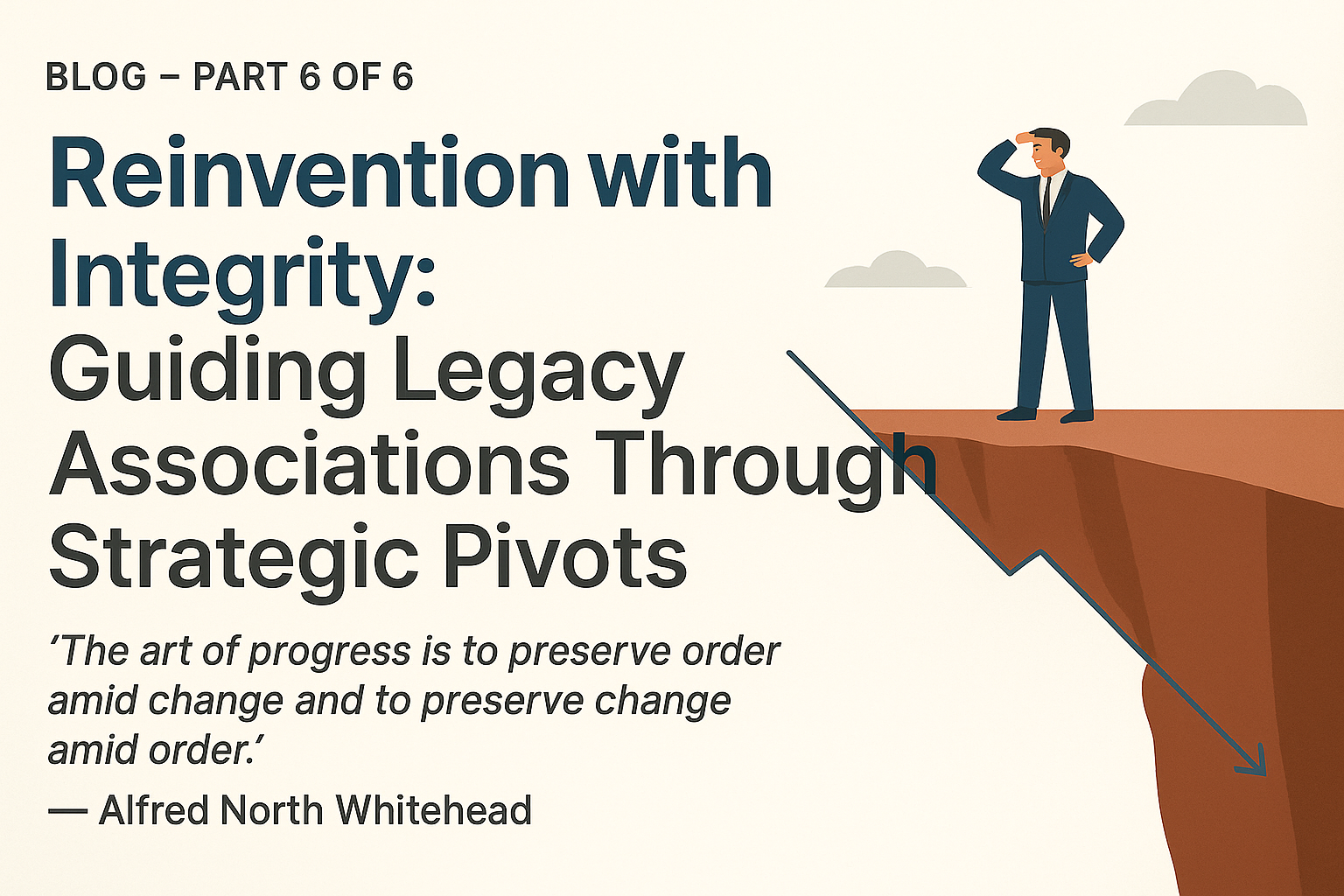
“The art of progress is to preserve order amid change and to preserve change amid order.”
Alfred North Whitehead
Legacy associations are rich with history, tradition, and identity. But those assets can quickly become liabilities when they prevent change. Reinvention is not optional—it’s a core leadership responsibility.
Still, many fear that change will erase what makes them special. The truth is, you can evolve without erasing your essence.
The Tension Between Legacy and Innovation
Reinvention often triggers internal resistance. Long-time members may see change as betrayal. Boards may fear reputational damage. But avoiding change out of fear creates a different risk: irrelevance.
Leaders must balance the continuity of their mission with the adaptation of their methods. The past informs the future—it doesn’t dictate it.
Reinvention Requires Strategy and Storytelling
Successful pivots rest on three pillars:
- Purpose Clarity – Know what your association stands for, even if the “how” must change.
- Stakeholder Engagement – Involve members, partners, and staff in the conversation from the outset.
- Transparent Narrative – Tell the story of change—why it’s happening, what will stay, and what will evolve.
Reinvention with integrity is about inviting people to build the future together.
Embracing the Long View
Reinvention isn’t a single event—it’s a continuous capacity. Associations that survive the next decade will be those that develop muscles for reinvention, grounded in values, purpose, and guided by strategic foresight.
Legacy isn’t the opposite of innovation—it can be the foundation of it.
Key Takeaways
- Reinvention is a long-term strategy, not a last-ditch effort.
- Associations can evolve without abandoning their mission or members.
- Transparency, trust, and storytelling are essential to the reinvention journey.
- Leading with integrity builds bridges between the past and future.
CODA-Series Wrap-Up
Disruption isn’t going away—but neither is your mission. Associations that build adaptive capacity, rethink leadership roles, plan for change, govern emerging technologies, and stay deeply attuned to member needs will thrive in the age of disruption.
Your next step? Lead from the edge.
BLOG – Part 6 of 6 – Reinvention with Integrity – Guiding Legacy Associations Through Strategic Pivots
